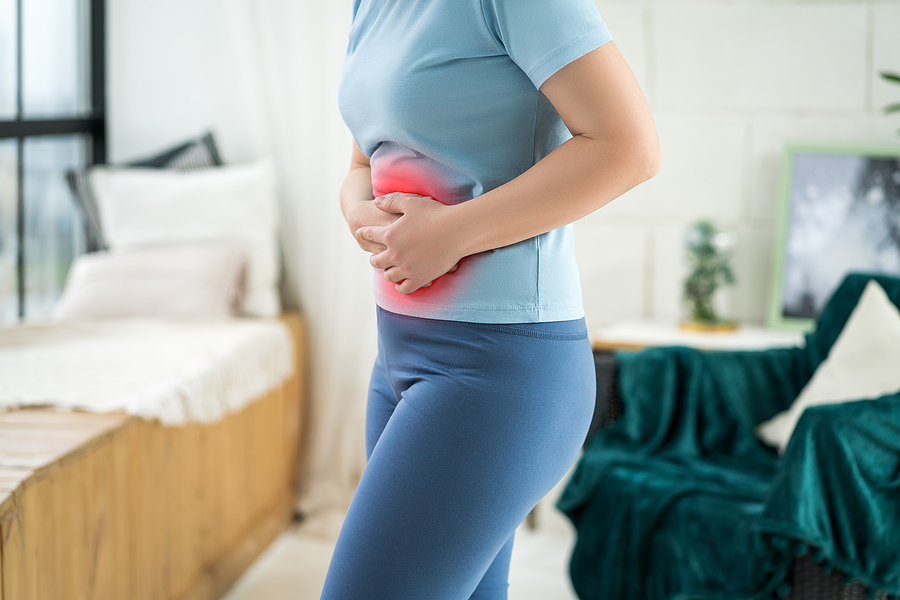Premenstrual syndrome, or PMS, is one of the most common forms of hormonal imbalance affecting women. Up to 75% of all American women who menstruate report experiencing PMS symptoms, and as many as 30–40% report impairment of their daily activity due to PMS. Yet up until the 1980’s, PMS was barely recognized by the medical profession.
Today, PMS remains an often misunderstood and mistreated condition. Unfortunately, conventional medicine tends to emphasize treatment of PMS symptoms rather than addressing the hormonal imbalance that is the true underlying cause of these issues.
PMS can affect any woman who is having menstrual periods — from her first period onward — but it most often appears in adulthood. If PMS first occurs in your 40’s, it’s usually an early signal that you are entering perimenopause. Women who experience PMS earlier in life are more likely to have a difficult perimenopause.
Not surprisingly, the symptoms of PMS are quite similar to those of perimenopause: bloating, irritability, mood swings, lethargy, food cravings, headaches, and much more. One of the most common symptoms is dysmenorrhea, or menstrual cramping. Each woman tends to follow a pattern of symptom development and relief that is consistent from cycle to cycle. For some women there is a tendency for their PMS to worsen over time, sometimes reaching a point where they are symptom-free for only a few days a month. Fortunately, most women can alleviate PMS with the proper steps.
PMS Relief
You don’t just have to live with PMS. As is true of most expressions of hormonal imbalance, there are multiple underlying causes, and for that reason it is rare that a single remedy will resolve all the symptoms of PMS. But providing a foundation of support for your body will usually lead to relief. That support enables the body to make and balance its hormones as it was designed to do. Good nutrition, dietary supplements, and adequate natural progesterone are all essential components of natural relief for PMS.
There are often profound connections between PMS and unresolved emotional issues, and difficult cases may not be resolved until underlying emotional issues are addressed. We encourage you to consider this possibility, especially with issues you might be reluctant to face. Most women are surprised by the extent to which your emotional biography impacts your health. For more information, read my article on emotional experience and health.
Many women have found it helpful to view premenstrual syndrome not as a wretched condition that makes you unbearable, but as a window of time each month when you have the ability and strength to speak the truth — if you will simply face it. This helps them to better identify and deal with unresolved emotional issues.
Sources:
The Federal Government Source of Women’s Health Information. Premenstrual syndrome. URL:
https://marcellepick.com/wp-content/uploads/2017/04/Premenstrual-Syndrome.pdf
RightDiagnosis.com. Statistics by country for premenstrual syndrome. URL: http://www.rightdiagnosis.com/p/premenstrual_syndrome/stats-country.htm







